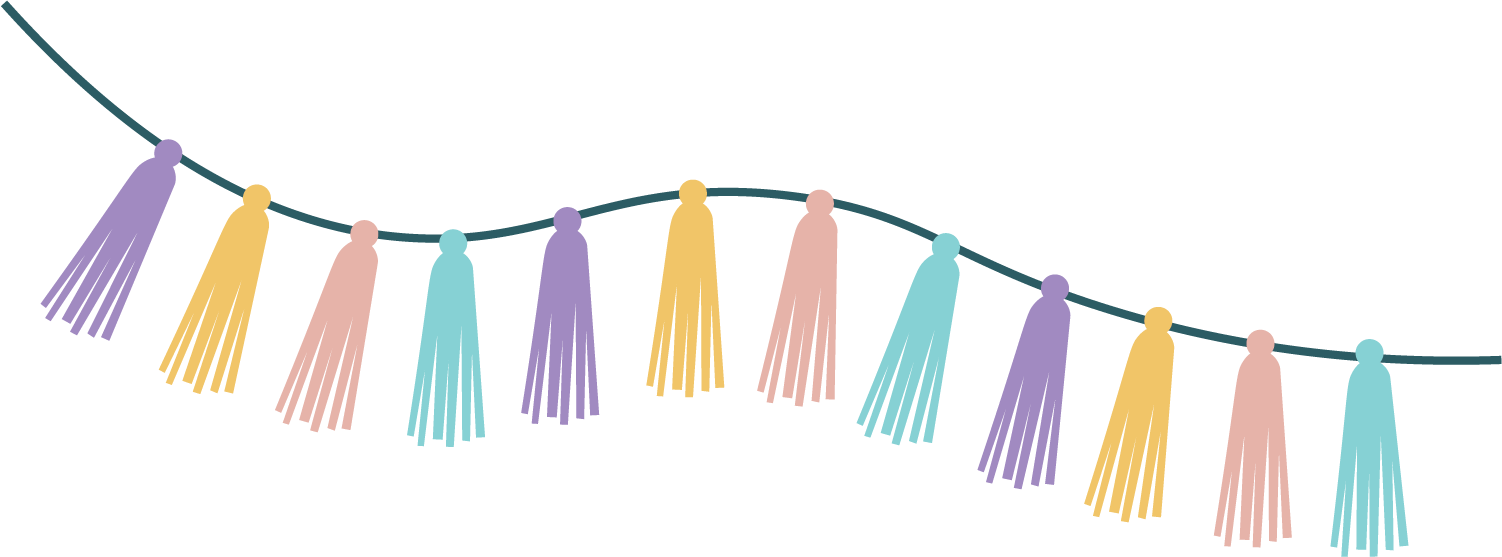Autism spectrum disorder (ASD) is a neurodevelopmental condition that affects individuals in various ways. However, it’s been historically overlooked in girls and women due to stereotypical portrayals and diagnostic biases. Understanding the signs of autism in girls is crucial for timely identification and support. Here’s a comprehensive exploration of the symptoms, characteristics, and avenues for finding the best Applied Behavior Analysis (ABA) therapy, including tips on locating the best ABA therapy near you.
Signs of autism in women
Understanding the nuanced and multifaceted nature of autism spectrum disorder (ASD) in individuals often involves recognizing various signs and challenges. From social interactions to experiences and emotional regulation, here’s an in-depth exploration of critical aspects commonly observed in individuals with ASD, including insights relevant to ABA therapy in Monrovia, CA.
Social Difficulties
For individuals with ASD, social interactions can be intricate puzzles. They might need help understanding social cues, the unspoken rules of communication, and the give-and-take nature of conversation. This difficulty can manifest as trouble initiating conversations, maintaining eye contact, or comprehending non-verbal cues like facial expressions or body language. The desire for social connection might exist, but executing these interactions often poses significant challenges.
Difficulty Making Eye Contact

Eye contact serves as a crucial element in social communication for many, but for individuals with ASD, maintaining eye contact can be incredibly uncomfortable or overwhelming. They might find it distracting or even distressing, leading them to avoid it altogether. This aversion to eye contact doesn’t indicate disinterest but responds to afferent overload or discomfort.
Executive Function Difficulties
Executive function encompasses a range of cognitive processes responsible for organization, planning, and flexible thinking. Individuals with ASD might encounter challenges in these areas, making tasks like managing time, planning activities, and organizing thoughts or belongings arduous. Adapting to changes in routine or shifting from one task to another might also be challenging.
Obsessive Interests
Many individuals with ASD develop intense and specific interests, sometimes referred to as “special interests.” These interests often captivate their attention and become a focal point. While these fixations might seem unusual or intense to others, they play a crucial role in the individual’s life and can offer a sense of comfort or control.
Sleep Problems
Sleep disturbances are prevalent among individuals with ASD. Difficulties in falling asleep, maintaining a consistent sleep schedule, or experiencing restless sleep are typical. Sleep problems can significantly impact their overall well-being, leading to daytime fatigue and challenges in daily functioning.
Difficulty Regulating Emotions
Emotional regulation can be challenging for individuals with ASD. They might struggle to express their emotions appropriately or have difficulty understanding and managing their feelings. This can manifest as emotional outbursts, problems coping with change, or challenges in recognizing and responding to others’ emotions.
Easily Overstimulated by Their Senses
Individuals with ASD can quickly become overwhelmed or overstimulated by afferent input. Everyday afferent experiences, like crowded spaces, bright lights, or strong smells, can trigger distress or discomfort, leading to withdrawal or avoidance of specific environments.
Having Few Interests but Being Passionate About Them
While individuals with ASD might have limited interests, they often exhibit an intense passion for these specific topics or activities. These interests provide them comfort, routine, and a sense of identity.
Difficulty Making and Keeping Friends
Establishing and maintaining friendships can be challenging due to social communication difficulties. Misunderstandings or problems in social reciprocity might hinder the development and sustainability of friendships.
Difficulty in Social Situations
Navigating social situations can be perplexing for individuals with ASD. They might struggle to interpret social cues, understand social norms, or adapt to the expectations of different social contexts.
Appearing to be Shy or Quiet
Individuals with ASD might appear shy or quiet in social settings. However, this demeanor might not necessarily reflect their true personalities but rather a coping mechanism to navigate social challenges.
Having Depression or Anxiety
Co-occurring conditions like depression or anxiety are more prevalent among individuals with ASD. The challenges they face in social interactions, afferent experiences, and navigating the world can contribute to these mental health conditions.
Difficulty Controlling Emotions
Controlling emotions can be challenging for individuals with ASD due to difficulties in emotional regulation and understanding social cues. This can lead to outbursts, meltdowns, or internalized struggles in managing their feelings.
Recognizing these facets of ASD is crucial for fostering understanding and acceptance and providing tailored support for individuals on the spectrum. Each aspect presents a unique challenge, and addressing them requires patience, empathy, and a comprehensive approach to acknowledging their needs and strengths.
Recognizing Mental Health Conditions Related to Autism
Recognizing and understanding mental health conditions associated with autism spectrum disorder (ASD) is pivotal in providing comprehensive care and support to individuals on the spectrum. While autism itself isn’t a mental health disorder, it often coexists with various mental health conditions, necessitating a nuanced approach to diagnosis and intervention.
Anxiety Disorders:
Anxiety disorders, such as social anxiety, generalized anxiety, or specific phobias, are highly prevalent among individuals with ASD. The challenges in navigating social situations, and uncertainties in change often contribute to heightened anxiety levels.
Depression:
Depression is another commonly observed mental health condition in individuals with ASD. The difficulties in social interactions, feelings of isolation, and challenges in communication and expressing emotions can contribute to the development of depressive symptoms.
Attention-Deficit/Hyperactivity Disorder (ADHD):
ADHD often co-occurs with ASD, leading to difficulties in attention, impulse control, and hyperactivity. Distinguishing between ADHD symptoms and those solely related to autism can be complex but essential for tailored intervention strategies.
Obsessive-Compulsive Disorder (OCD):
Some individuals with ASD might exhibit obsessive-compulsive traits or behaviors. These might manifest as repetitive behaviors or intense preoccupations, impacting daily functioning and causing distress.
Afferent Processing Disorders:
Afferent processing issues commonly associated with ASD can lead to conditions resembling afferent processing disorder (SPD). These challenges in processing afferent information can cause significant disruptions in daily life.
Mood Disorders:
Mood disorders, such as bipolar disorder, might coexist with ASD, presenting unique challenges in mood regulation, affecting energy levels, and impacting overall emotional well-being.
Behavioral Disorders:
Conduct disorders or oppositional defiant disorders might surface in individuals with ASD, leading to difficulties in controlling impulses, following rules, or respecting social norms.
Risks for Girls and Women with Autism
Girls and women on the autism spectrum face distinct risks and challenges that often go unrecognized or unaddressed, leading to potential difficulties in various aspects of life. Understanding these risks is crucial for providing appropriate support and interventions:
Social Isolation:
Many girls and women with autism struggle to form and maintain social connections due to difficulties in social communication and understanding social cues. This can lead to feelings of isolation and loneliness, impacting their mental health and overall well-being.
Misdiagnosis or Underdiagnosis:
Due to atypical presentations and the tendency to mask their challenges, girls and women with autism are often misdiagnosed or undiagnosed. This delays access to necessary support and accommodations, hindering their ability to thrive.
Mental Health Challenges:
The intersection of autism and mental health conditions poses significant risks. Higher rates of anxiety, depression, and other mental health disorders are prevalent among girls and women on the spectrum, potentially exacerbating their challenges.
Vulnerability to Exploitation:
Difficulties in understanding social dynamics and recognizing social cues can make girls and women with autism more vulnerable to exploitation or manipulation, potentially leading to unsafe situations.
Challenges in Education and Employment:

Difficulties in social interactions, and executive function issues can impact academic performance and employment opportunities. Support systems that recognize their unique strengths and challenges are essential in these settings.
Limited Access to Support Services:
Girls and women with autism often face barriers in accessing appropriate support services tailored to their specific needs. Lack of awareness and resources designed for their unique experiences can hinder their access to vital interventions.
Physical Health Concerns:
Difficulties expressing physical discomfort might lead to challenges in addressing their physical health needs. This might result in overlooked health issues and inadequate medical care.
Conclusion
In conclusion, understanding the diverse and often subtle manifestations of autism in girls and women is fundamental to providing timely support and interventions. From social difficulties to mental health challenges and societal biases, acknowledging these complexities is crucial for creating inclusive environments and tailored support systems.
For further assistance and guidance, please get in touch with us at Dream Big Children’s Center. Together, let’s foster understanding, acceptance, and a more inclusive world for individuals on the autism spectrum.
FAQs
How is Autism Diagnosed?
Diagnosing autism involves comprehensive assessments by healthcare professionals, including developmental pediatricians, child psychologists, or neurologists. They evaluate behavior, development, and communication patterns. The Diagnostic and Statistical Manual of Mental Disorders (DSM-5) criteria are often used for diagnosis.
Can Autism be Treated or Managed?
While there’s no cure for autism, early interventions and tailored therapies can significantly improve an individual’s quality of life. Behavioral interventions, speech therapy, occupational therapy, and educational support are among the approaches used to manage symptoms and enhance skills.
What Support Services are Available for Individuals with Autism?
Support services cater to individuals with autism, including behavioral therapy, speech and language therapy, social skills training, assistive technology, educational accommodations, and specialized programs focusing on individual needs and strengths. Local organizations and advocacy groups also offer resources and support for families and individuals on the spectrum.
What are the common signs of autism in girls and women?
Explore the nuanced signs and characteristics that may indicate autism in females, focusing on social difficulties, sensory challenges, and emotional regulation.
How does difficulty making eye contact relate to autism in girls?
Understand the significance of maintaining eye contact and why individuals with ASD, especially girls, might find it uncomfortable or overwhelming.
What is executive function, and how does it impact individuals with autism?
Learn about executive function difficulties in ASD, how it affects tasks like organization and planning, and its relevance to daily life.
Why do individuals with autism often develop obsessive interests?
Explore the concept of “special interests” in autism and how these intense passions play a crucial role in the lives of individuals on the spectrum.
Why is recognizing sleep problems important in individuals with autism?
Understand the prevalence of sleep disturbances in ASD and how addressing these issues is essential for overall well-being.
How do sensory challenges affect individuals with autism?
Explore how individuals with ASD can be easily overstimulated by sensory input and how it impacts their daily lives.
What is the connection between autism and co-occurring mental health conditions?
Learn about the common mental health conditions associated with autism, such as anxiety, depression, ADHD, OCD, and mood disorders.
Why do girls and women with autism face unique risks and challenges?
Understand the distinct challenges, including social isolation, misdiagnosis, mental health risks, vulnerability to exploitation, and difficulties in education and employment.
How can recognizing mental health conditions associated with autism improve support and care?
Explore the importance of recognizing and understanding mental health conditions in individuals with ASD for more comprehensive care and tailored interventions.
What are the specific risks faced by girls and women with autism, and how can they be addressed?
Delve into the risks of social isolation, misdiagnosis, mental health challenges, vulnerability to exploitation, challenges in education and employment, and limited access to support services, and discover strategies to address these issues.


